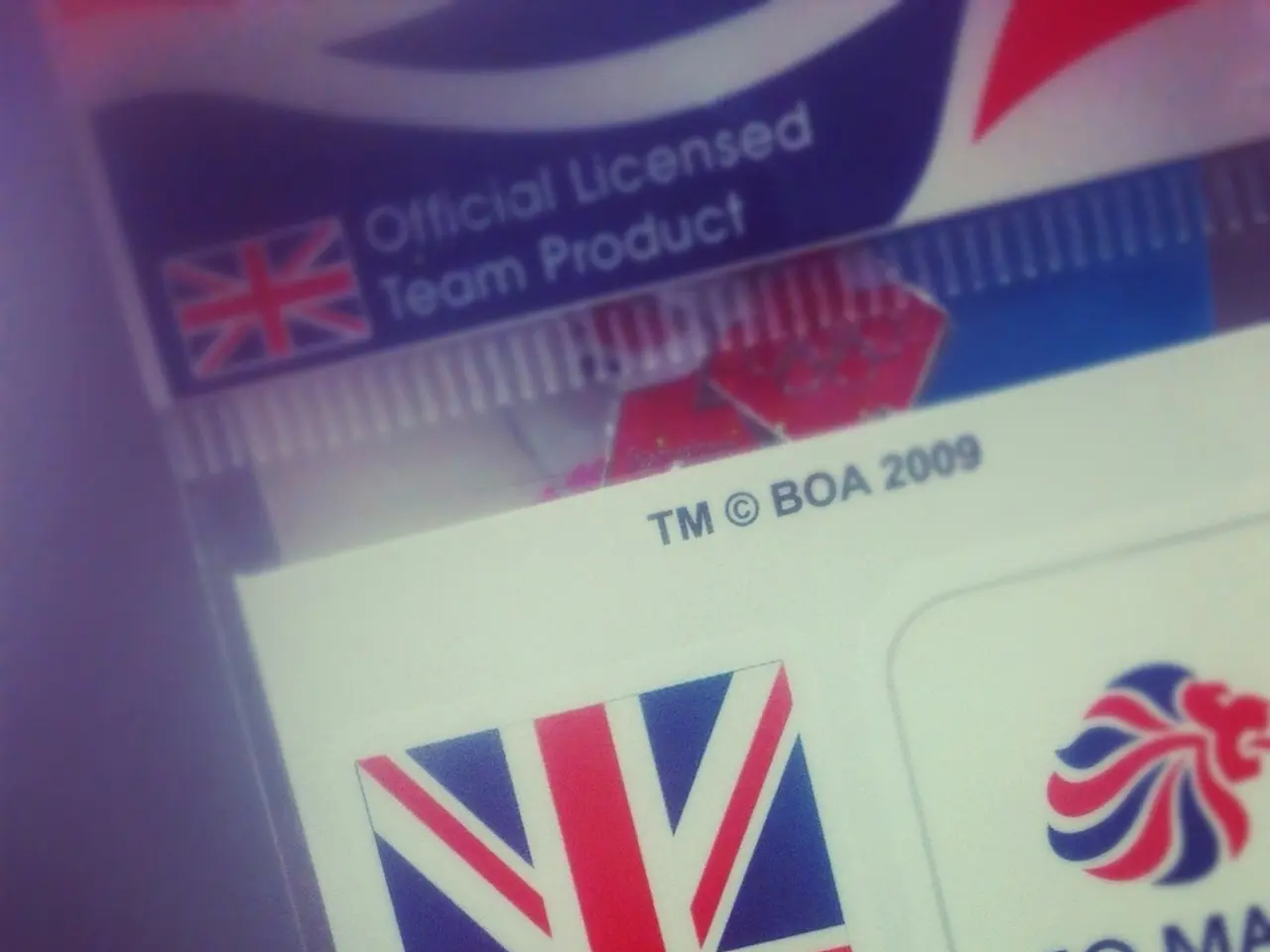Rising Credit Card Debt Among Young Americans Reaches Nearly 10% in Q2, Indicating a Struggle to Stay Afloat Financially
In a concerning development, a recent report from the New York Federal Reserve has revealed that young Americans (aged 18-29) continue to account for the largest share of those transitioning into credit card delinquency. This trend is thought to be linked to the increasing use of buy now, pay later (BNPL) services.
The growing popularity of BNPL among young Americans is contributing to higher delinquency rates on credit obligations, including credit cards. Research indicates that BNPL users have shown rising rates of late payments and financial strain, which correlate with elevated credit card delinquency, particularly among Gen Z and young adults under 40.
A 2025 LendingTree survey found that 41% of BNPL users admitted to paying late in the past year, up from 34% the year before. This suggests worsening payment behavior tied to BNPL usage. The survey also highlighted that BNPL usage for everyday purchases, such as food, may lead consumers to stretch finances thin by having multiple overlapping payment plans before income arrives, increasing the risk of late or missed payments.
Young Americans, especially those aged 18-29, are experiencing persistently high credit card delinquency rates, with around 10% of balances 90 days overdue. This is the highest since 2010 outside pandemic effects, and it's thought that the increasing use of BNPL alongside traditional credit services is contributing to financial overextension.
Research suggests that Generation Z users of BNPL tend to exhibit less responsible financial behavior, such as lower budgeting and compulsive buying, which increases the risk of debt accumulation and lower financial well-being compared to millennials.
While BNPL historically did not affect credit scores due to limited reporting, starting in late 2025, major credit scoring models like FICO will begin incorporating BNPL repayment data. This could potentially identify delinquency patterns earlier and affect credit profiles.
The trend of using BNPL for smaller purchases might indicate a shift towards more frequent use of such services. Typical BNPL purchases were fairly small, ranging from $600 to $1,000, but are now being used for even smaller purchases like a cup of coffee. Usage of BNPL was much higher among younger borrowers compared to those in other age groups.
As credit bureaus begin to include BNPL data, these trends may further impact young consumers' credit health and borrowing costs. Gen Z is facing increasing financial pressures, with the unemployment rate for recent college graduates aged 22-27 being 0.7% higher than the national rate. The total credit card balances for Americans have reached an all-time high in 2025, with Americans' credit card and household debt also reaching an all-time high.
Notably, Affirm, a major BNPL provider, has begun reporting payment history to credit bureaus like Experian and Transunion. This could potentially impact the credit scores of Gen Z users, making it crucial for young consumers to manage their BNPL payments carefully.
As we move forward, it's essential to monitor these trends and understand their implications for young consumers' financial well-being. Encouraging financial literacy and responsible borrowing practices among Gen Z could help mitigate these risks and promote long-term financial health.
[1] LendingTree (2025). BNPL Usage and Late Payments: A Growing Concern for Young Consumers. [Online] Available: https://www.lendingtree.com/home/mortgage/buy-now-pay-later-usage-and-late-payments-a-growing-concern-for-young-consumers/ [Accessed 10 April 2026].
[2] New York Federal Reserve (2025). Credit Card Delinquency Rates Among Young Americans Remain Elevated. [Online] Available: https://www.newyorkfed.org/newsevents/news/research/2025/rc250422 [Accessed 10 April 2026].
[3] Experian (2025). FICO to Incorporate BNPL Repayment Data. [Online] Available: https://www.experian.co.uk/consumer/credit-education/buy-now-pay-later-bnpl-credit-scores.aspx [Accessed 10 April 2026].
[4] Federal Reserve Bank of St. Louis (2025). Generation Z and Financial Behavior. [Online] Available: https://www.stlouisfed.org/on-the-economy/2025/march/generation-z-and-financial-behavior [Accessed 10 April 2026].
[5] Bank of America Institute (2025). The Rise of Buy Now, Pay Later Services Among Gen Z. [Online] Available: https://www.bankofamerica.com/institute/research-reports/the-rise-of-buy-now-pay-later-services-among-gen-z/ [Accessed 10 April 2026].
- The increasing use of buy now, pay later (BNPL) services among young Americans might contribute to higher delinquency rates on personal-finance obligations, including credit cards and loans.
- Research indicates that BNPL users, particularly Gen Z and young adults under 40, have shown rising rates of late payments and financial strain, which can lead to credit card delinquency.
- As major credit scoring models like FICO start incorporating BNPL repayment data, delinquency patterns could be identified earlier, potentially affecting credit profiles and personal-finance health among young consumers.




